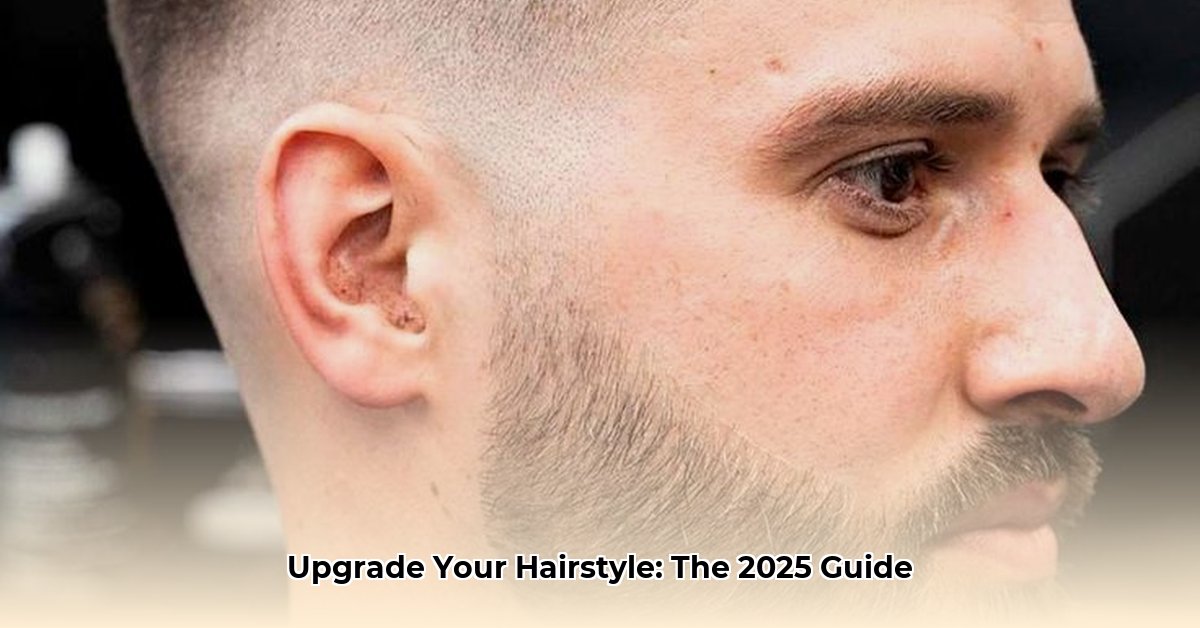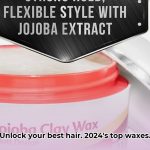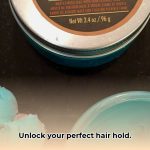Navigating the world of men’s hair combs can feel overwhelming. This comprehensive guide cuts through the noise, offering expert insights into materials, tooth types, designs, and care tips to help you find the perfect comb for your hair type and desired style. For additional styling tips, check out our guide on hair styling products. Elevate your grooming routine and unlock your hair’s full potential with the right tool.
Decoding the World of Men’s Hair Combs: A 2025 Buyer’s Guide
Finding the right hair comb shouldn’t be a frustrating chore. With so many options available – different materials, tooth sizes, and designs – it’s easy to feel lost. This guide simplifies the selection process, providing clear, actionable advice to help you choose a comb that’s perfect for your hair and your unique style. Consider this your personal grooming advisor, offering expert tips and insights to make an informed choice.
The Material Matters: Beyond Aesthetics
The material of your hair comb plays a crucial role in its durability, feel, ease of cleaning, and overall impact on your hair and scalp health. Let’s explore the most common materials, weighing their pros and cons:
| Material | Pros | Cons | Sustainability |
|---|---|---|---|
| Wood | Durable, naturally anti-static (reduces frizz), smooth, eco-friendly (if sustainably sourced), often offers a luxurious feel | Can be pricier than other options, requires gentle cleaning to prevent damage (avoid harsh soaps and prolonged water exposure) | Medium to High |
| Cellulose Acetate | Durable, anti-static, smoother than standard plastic, more affordable than wood, can be molded into various designs | Less environmentally friendly than sustainably sourced wood, may not last as long as wood, can be susceptible to scratching | Medium |
| Metal | Extremely durable, easy to clean, generally less expensive than wood or horn | Can snag or pull hair (especially if teeth are not well-polished), may feel cold or harsh against the scalp | Low |
| Horn | Exceptionally durable, naturally anti-static, distributes natural oils evenly, boasts an elegant look and feel | Very expensive, requires careful handling to prevent chipping or cracking,ethical sourcing concerns may arise | High (if ethically sourced) |
| Plastic | Affordable, readily available in various shapes and sizes | Not very durable (prone to breaking), tends to build up static electricity (leading to frizz), may have sharp edges that snag hair | Low |
Consider your hair type, budget, and ethical values. Wood combs, particularly those made from sandalwood or bamboo, are classic for their durability, scalp-massaging feel, and natural anti-static properties. However, they demand extra care. Cellulose acetate offers a balance between durability and affordability. Metal combs are tough and easy to maintain, but can be harsh on delicate hair. Horn combs, the epitome of luxury, are prized for their smoothness and oil-distributing benefits, but come with a high price tag. Choosing combs made from sustainably harvested wood or recycled materials is a simple way to minimize your environmental footprint.
Tooth Type: Spacing for Styling Success
The spacing between the teeth of your comb – fine, medium, or wide – dictates its performance and suitability for different hair types and styling goals. Understanding this crucial aspect ensures optimal grooming and minimizes potential hair damage.
- Fine-Tooth Combs: Characterized by closely spaced teeth, these combs excel at creating precise parts, distributing styling products evenly (pomades, gels), and managing shorter, finer hair. However, they can be too harsh for longer, thicker, or curly hair, leading to breakage and frizz.
- Medium-Tooth Combs: Offering a versatile balance, medium-tooth combs work well for various hair types and lengths. They are suitable for detangling, general styling, and preparing hair for cutting. However, they might not be ideal for very thick or coarse hair.
- Wide-Tooth Combs: Designed for gentle detangling, especially for long, thick, curly, or easily tangled hair. The wider spacing minimizes pulling and breakage, making them ideal for use after showering or when applying conditioner. They are not typically used for creating precise styles.
Think of fine-tooth combs as detail-oriented tools for refined styles, while wide-tooth combs prioritize gentle detangling and frizz reduction. The right tooth spacing minimizes hair breakage, reduces scalp irritation, and maximizes styling effectiveness.
Design and Functionality: Matching Style to Needs
Beyond material and tooth spacing, the overall design of your comb significantly impacts its usability and suitability for specific grooming tasks.
- Pocket Combs: Compact and easily portable, pocket combs are ideal for quick touch-ups throughout the day. They often feature a simple, single-sided design with predominantly fine or medium teeth.
- Tail Combs: Featuring a long, slender tail or pointed end, tail combs are precision tools for sectioning hair, creating clean parts, and executing intricate styles. Barbers and stylists frequently use them.
- Dual-Ended Combs: These versatile combs incorporate both fine and wide teeth on opposite ends, offering the convenience of detangling and styling in a single tool. They are ideal for men who require flexibility in their grooming routine.
- Folding Combs: Combining portability with practicality, folding combs protect the teeth when not in use, making them ideal for travel or on-the-go use.
Consider your lifestyle and styling preferences. If you prioritize convenience, a pocket or folding comb is essential. If you enjoy elaborate hairstyles, a tail comb is a worthwhile investment. A dual-ended comb offers a balanced approach for everyday grooming.
Navigating Brands: Quality and Reputation
While specific endorsements are subjective, certain brands have established reputations for producing high-quality men’s hair combs. Kent Brushes, a long-standing British company, is renowned for its durable pocket combs. Baxter of California is popular for its well-crafted dual-ended combs. Seven Potions offers handcrafted combs known for their smooth finish and hair-friendly design. Ultimately, the best brand depends on individual preferences and priorities. Do you prioritize brand reputation, sustainable practices, or specific features when choosing a hair comb?
Comb Care 101: Extending Lifespan
Proper care extends your comb’s lifespan and ensures optimal hygiene. Regularly clean your comb with warm, soapy water to remove trapped hair, styling product residue, and debris. Rinse thoroughly and allow it to air dry completely to prevent mold and mildew growth. Avoid harsh chemicals or abrasive cleaners. For wooden combs, consider applying a small amount of natural oil (e.g., jojoba or sandalwood oil) to maintain their moisture and prevent cracking.
Grooming with a Conscience: Sustainable Choices
As awareness of environmental issues grows, eco-conscious grooming is becoming increasingly important. Seek out combs made from sustainably harvested wood (certified by organizations like the Forest Stewardship Council), recycled materials (recycled plastic or metal), or biodegradable materials (bamboo). Supporting brands committed to ethical sourcing and sustainable manufacturing minimizes your environmental impact. Choosing combs from sustainable or recycled materials helps reduce waste and promotes responsible forestry practices.
Finding Your Perfect Match: A Personalized Approach
Selecting the ideal hair comb involves careful consideration of material, tooth type, design, brand reputation, and sustainability. By understanding your hair type, styling goals, and personal values, you can confidently choose a comb that enhances your daily grooming routine and promotes healthy, well-styled hair. Remember, the right comb is more than just a tool; it’s an investment in your personal style and confidence.
- Wellness Fair Ideas for Work to Boost Employee Wellbeing - December 15, 2025
- Affordable Employee Wellness Fair Ideas for Any Budget - December 14, 2025
- Employee Wellness Programs Strategically Benefit Employee Health And Retention - December 13, 2025
















